In the LabView GUI I set the frequency to 300Hz = 1/300 seconds = 3.333 milliseconds and the pulse width to 2 milliseconds. This computes to a duty cycle of 60%.

Why are intervals between the pulses shown below not equal to 3.333 milliseconds? They look closer to 1 millisecond,which is way off.

Following is a wiring diagram I am using:

Is it possible the problem is my timed loop being set to loop every second? Should I loop faster? What kind of a loop should I be using?